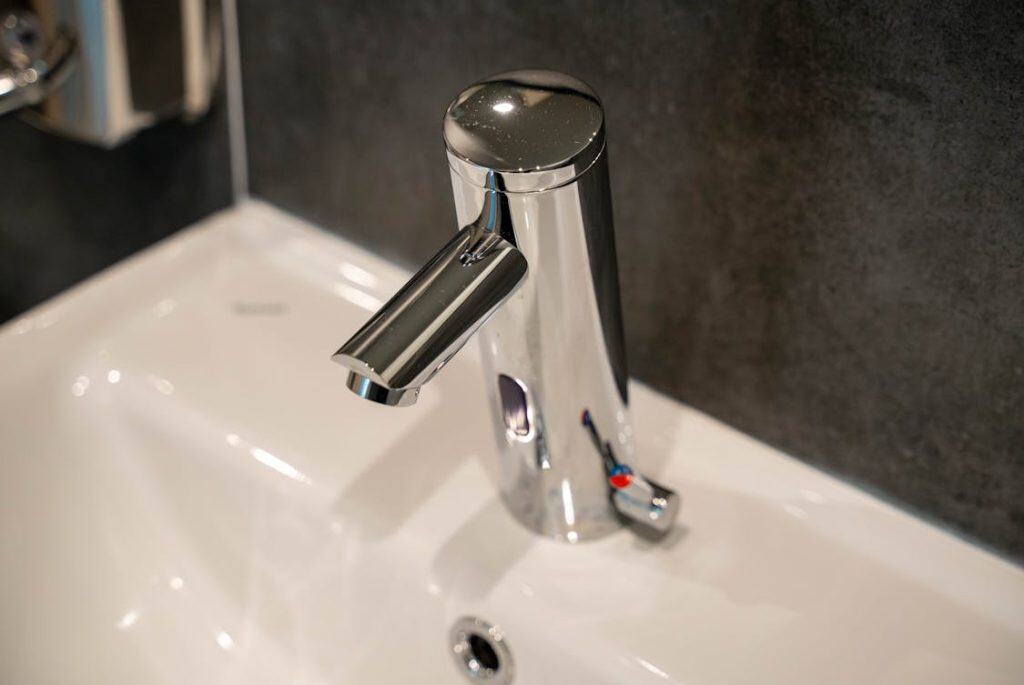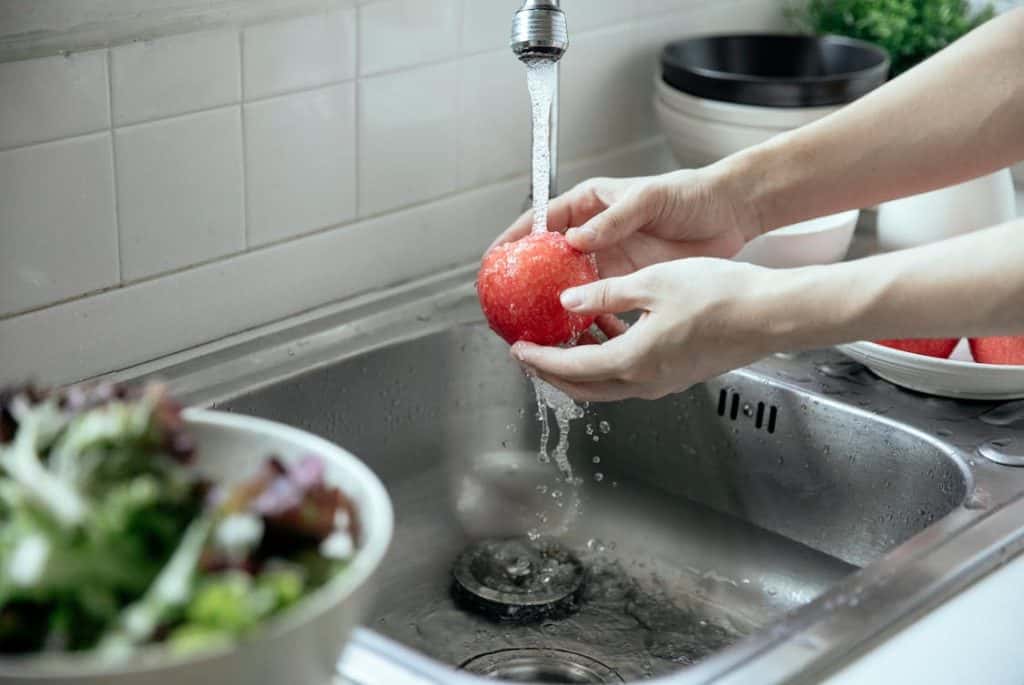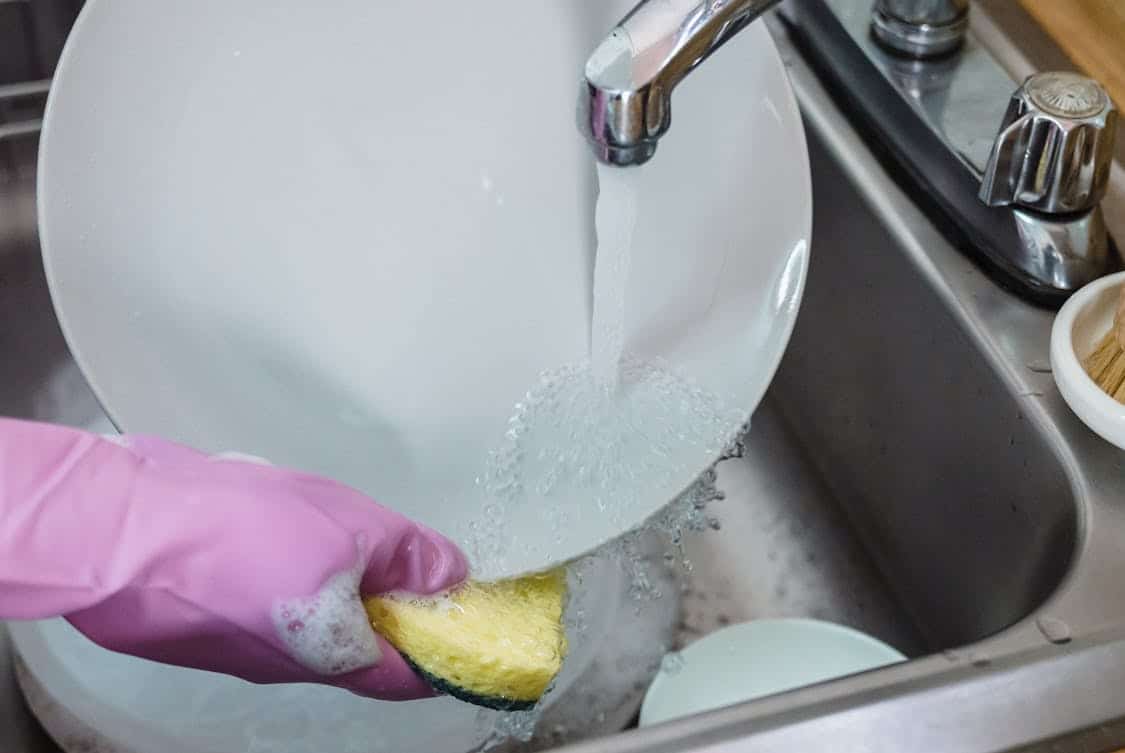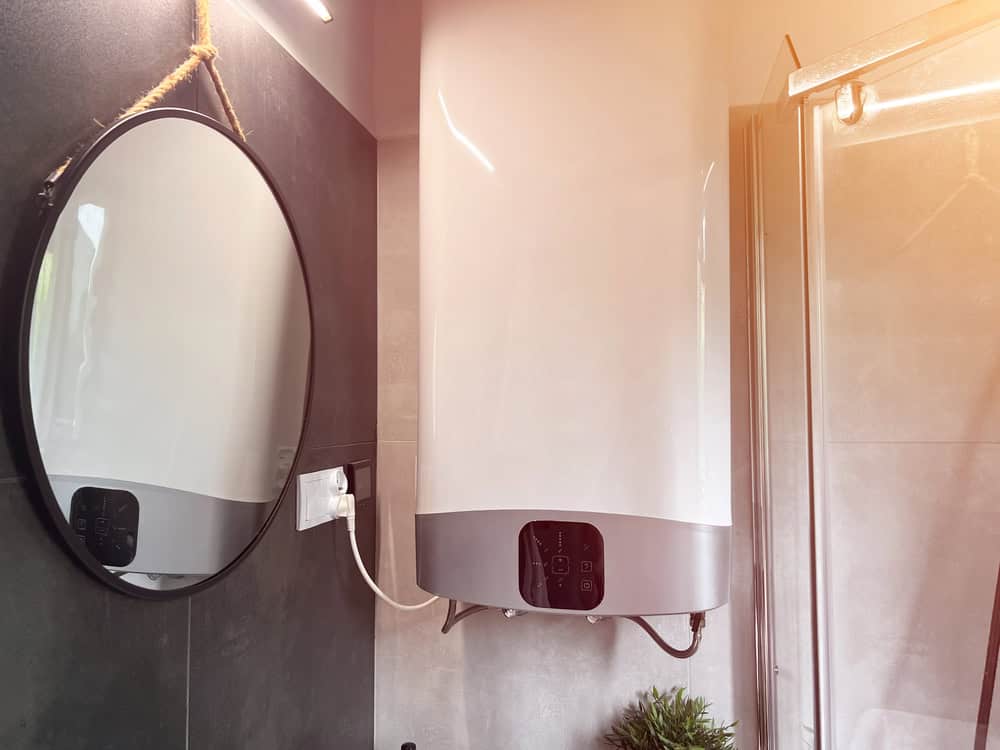When it comes to garage flooring, epoxy has become a popular choice, offering durability and an attractive finish. However, homeowners are often faced with a choice: tackle the project themselves or bring in a professional. This article breaks down the pros and cons of each approach to help you decide.
Understanding Epoxy Flooring
Before deciding whether to do it yourself or hire someone, knowing what epoxy flooring entails is key. Epoxy is a resin that, when mixed with a hardener, creates a tough, resilient surface.
It’s resistant to stains, chemicals, and wear, making it ideal for garages that see a lot of activity, be it vehicles, tools, or even crafts.
The installation process involves preparing the concrete surface, mixing the epoxy, and applying it in layers. This might sound straightforward, but it requires careful attention to detail to ensure a smooth and lasting finish.
DIY: Benefits of Epoxy Your Garage Yourself
Opting for a DIY approach has its appeal. One of the biggest advantages is cost. By doing the work yourself, you save on labor costs, which can be significant. A DIY project also allows you the freedom to choose your materials and colors, tailoring the results to your personal taste.
There’s something satisfying about completing a hands-on project, too. Many find that taking on the challenge of epoxy flooring can be a rewarding experience. Plus, it can be an opportunity to learn new skills and techniques along the way.
DIY: Challenges of Epoxy Flooring
On the flip side, doing it yourself isn’t without its difficulties. The preparation phase is critical; poor surface cleaning or preparation can lead to peeling or bubbling in the epoxy.
Additionally, there’s a time commitment. Depending on the size of your garage and your skill level, a DIY project can stretch over several days or even weeks.
Another consideration is the learning curve. If you have no prior experience with epoxy, there might be trial and error involved. This can lead to frustration and potentially costly mistakes, like needing to purchase more epoxy to fix errors.
Hiring a Professional: The Upsides

Bringing in a pro can simplify the process significantly. Professionals have the experience and tools necessary to get the job done efficiently. They know how to handle unexpected issues that may arise, ensuring that the installation goes smoothly from start to finish.
For long-lasting results with minimal hassle, it’s worth considering professional garage coating installations that guarantee both quality and durability.
A professional job typically comes with a warranty, providing peace of mind. If something goes wrong after installation, you won’t be left holding the bag. You can rest easy knowing that the work is done right by someone who does this day in and day out.
Hiring a Professional: The Downsides
While hiring a professional offers many benefits, it can come at a higher price point. Labor costs can vary widely, and you may find that a pro’s services stretch your budget. Additionally, you’ll need to do some research to find a reliable contractor, which can be time-consuming.
You also lose a bit of control over the project. Working with a contractor means you’ll need to communicate your vision clearly, and there’s always a chance that their interpretation may not align with your expectations.
Time Considerations
Time can be a significant factor in your decision-making process. A DIY project might seem appealing, but it can take longer than anticipated. If you’re juggling work and family commitments, dedicating time to epoxy your garage might be challenging.
Conversely, hiring a professional typically means quicker results. A contractor will have a streamlined process, and they often complete the job in a fraction of the time it would take an inexperienced DIYer. If you’re eager to get your garage back in action, this could be a crucial consideration.
Cost Comparison
When weighing costs, it’s essential to consider both immediate expenses and long-term value. DIY expenses will primarily include materials like epoxy, primer, and tools. If you already own some tools, your costs will be lower.
On the other hand, hiring a pro means you’re paying for labor and expertise. While this may seem steep upfront, a professional job may save you money in the long run due to better durability and fewer mistakes.
Investigating quotes from different contractors can help you gauge whether the investment fits your budget. Don’t hesitate to ask about warranties or follow-up services, as these can factor into the overall value.
Quality of Work
Quality is a crucial aspect when it comes to epoxy installation. A well-done job can enhance your garage’s appearance and function for years. Professionals offer consistency in their work, leveraging their experience to achieve a flawless finish.
For those with little to no experience, achieving the same level of quality can be a tall order. Even with thorough preparation, it’s easy for a DIYer to overlook small details that can impact the final appearance and longevity of the floor.
Long-Term Maintenance
Consideration of long-term maintenance should also play a role in your decision. Both DIY and professional installations require some upkeep, but the quality of the installation can influence this.
A poorly done DIY job might lead to more frequent repairs or maintenance, while a professional installation can often withstand the test of time. Epoxy floors are generally easy to clean, but if there are imperfections, dirt and grime can build up over time.
Final Touches: Aesthetic Appeal
When it comes to aesthetics, both DIY and professional installations can yield beautiful results. The range of colors and finishes available for epoxy can also accommodate different styles and preferences.
However, a professional may have access to higher-end materials or techniques that could elevate the final look. If the visual impact is crucial to you, consider the skill set and artistry of a seasoned contractor.


















